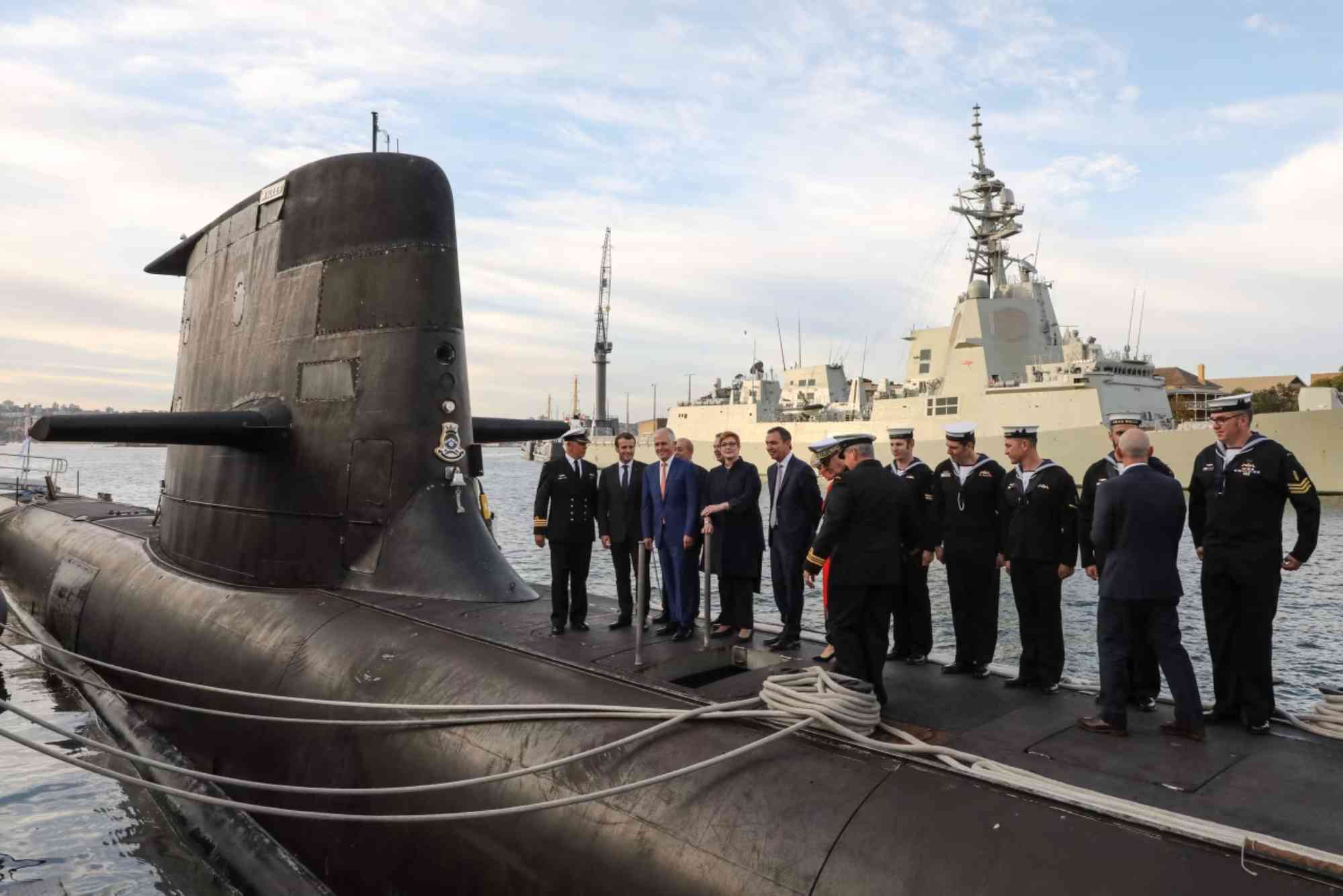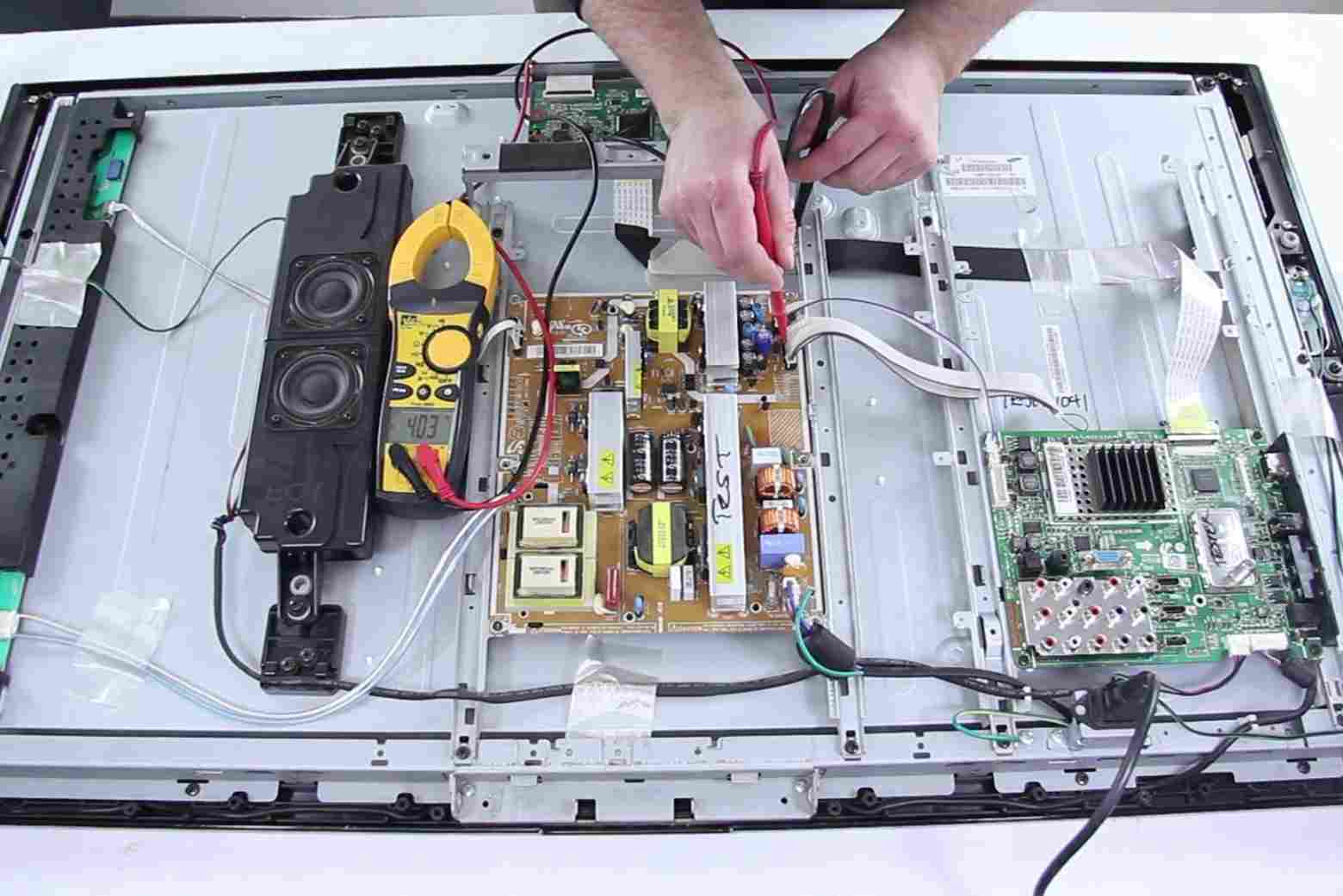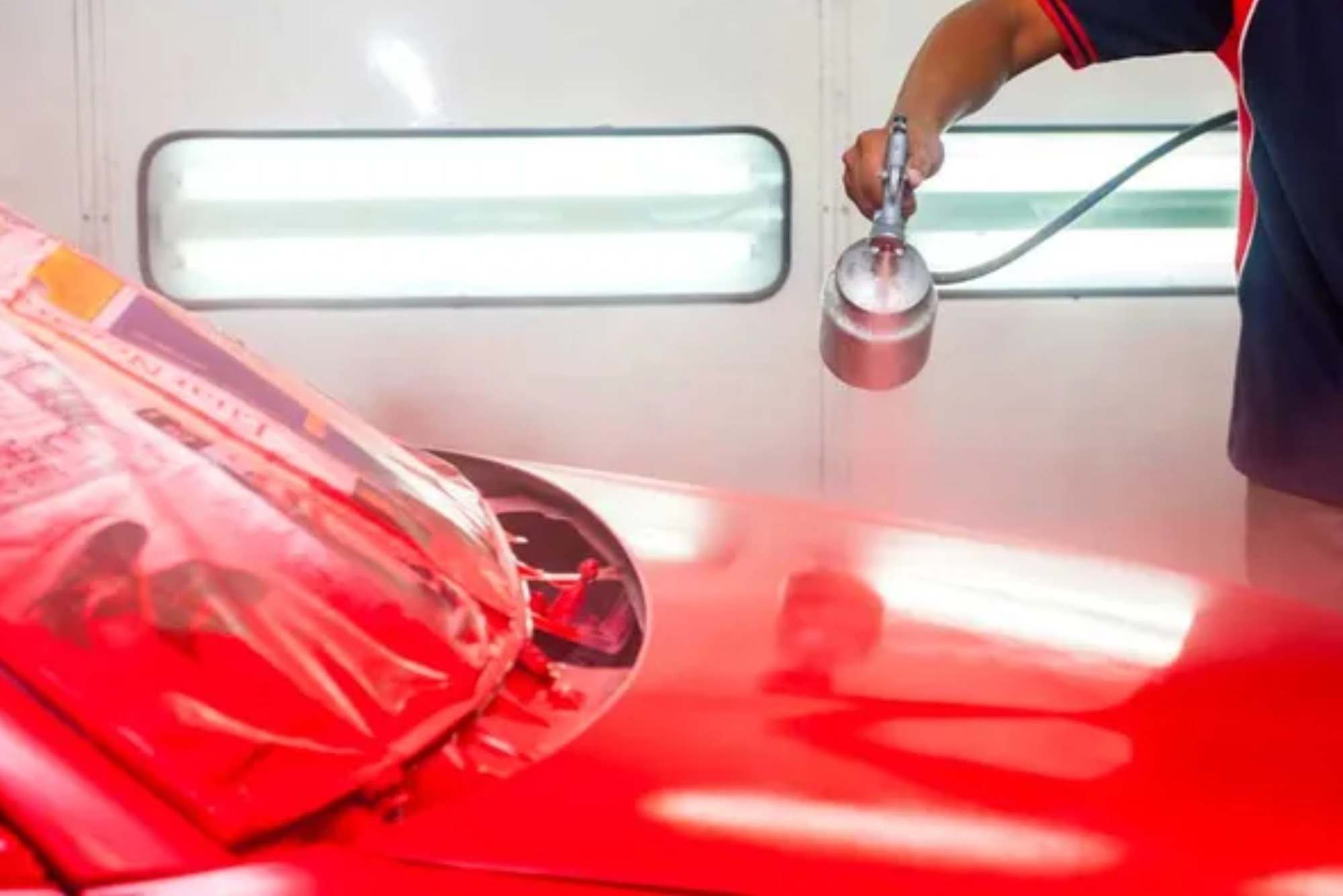Introduction
Australia has unveiled a $35.25 billion overhaul of its navy, signaling one of the country’s most ambitious military upgrades in decades. This transformative initiative aims to reshape the Royal Australian Navy (RAN) to better meet the challenges of a rapidly evolving Indo-Pacific region. As geopolitical tensions rise, Australia is committed to fortifying its maritime capabilities to ensure national security, regional stability, and a stronger global presence. In this article, we dive deep into what this historic move means for Australia, its allies, and the broader strategic environment.
Why Australia Has Unveiled a $35.25 Billion Overhaul of Its Navy
Australia’s decision stems from mounting security challenges. Recent years have witnessed increasing competition in the Indo-Pacific, with rising concerns over maritime freedom, territorial disputes, and shifting alliances. Australia’s leaders recognize that to protect trade routes, resources, and sovereignty, an advanced and agile navy is non-negotiable. Defense Minister Richard Marles emphasized that the navy overhaul is essential for future-proofing Australia’s maritime power, stating, “We must ensure our navy can deter threats and maintain peace in our region.”
Key Highlights of the Navy Overhaul
Fleet Expansion
Australia has unveiled a $35.25 billion overhaul of its navy that will significantly expand its fleet. The Royal Australian Navy will add more ships, submarines, and autonomous vessels to maintain a decisive edge.
-
New destroyers and frigates equipped with advanced missile systems
-
Nuclear-powered submarines under the AUKUS partnership
-
Autonomous underwater vehicles (AUVs) for surveillance and reconnaissance
This expansion aims to double Australia’s naval combat power by 2040.
Technological Advancements
Technology is at the heart of Australia’s naval transformation. The $35.25 billion investment includes:
-
Enhanced radar and sonar capabilities
-
Integrated combat management systems
-
Stealth technology to minimize detection
The Royal Australian Navy will also collaborate with international partners to integrate Artificial Intelligence (AI) and machine learning into operations.
Strategic Basing and Infrastructure
Australia’s naval bases will see significant upgrades. New ports, maintenance facilities, and logistics hubs will be established across the northern coastline. These improvements will allow faster deployment, better maintenance, and improved supply chains, enhancing the navy’s readiness and resilience.
Strategic Implications for Australia and the Indo-Pacific
Strengthening Regional Security
Australia has unveiled a $35.25 billion overhaul of its navy not just to defend its shores but also to contribute to regional peace. A modernized navy enables Australia to work closely with allies like the United States, Japan, and India under frameworks like QUAD and AUKUS.
Countering Strategic Rivals
Increased naval capabilities will serve as a counterbalance to the growing naval power of nations like China. Australia’s commitment signals to the world that it is ready to defend international laws, particularly the United Nations Convention on the Law of the Sea (UNCLOS).
Boosting National Economy and Innovation
The overhaul will create thousands of skilled jobs in shipbuilding, engineering, and defense technology. It also fosters innovation, encouraging universities and private companies to invest in defense research.
Timeline and Execution of the Overhaul
Australia plans to roll out its naval modernization in phases over the next two decades. Initial efforts focus on:
-
Delivering first batches of upgraded destroyers by 2030
-
Achieving operational capability for nuclear submarines in the early 2040s
-
Continuous upgrades to surveillance and cyber defense systems
The government emphasizes transparency and accountability to ensure that the massive investment delivers strategic and economic returns.
Challenges Ahead
Despite the promise, Australia’s $35.25 billion naval overhaul faces challenges.
Budgetary Constraints
Balancing national spending across sectors like healthcare and education while funding such a massive defense project will require careful financial management.
Technical and Human Resource Shortages
Building and maintaining cutting-edge vessels demands highly specialized skills. Training enough personnel and avoiding technical bottlenecks will be key.
Political and Public Support
Maintaining bipartisan political support and public backing is crucial for the success of a long-term project of this magnitude.
Expert Opinions on Australia’s $35.25 Billion Navy Overhaul
Defense experts largely applaud the move but also caution about execution risks. Professor John Blaxland, a military historian at the Australian National University, noted, “Australia is wisely investing in capabilities that enhance deterrence. However, the true test will be consistent funding, political resolve, and industrial innovation.” Internationally, allies have welcomed the overhaul, viewing it as a stabilizing factor in a volatile region.
How Australia’s Navy Overhaul Compares Globally
When compared with similar naval modernization programs, Australia’s plan is notable for its comprehensive approach. While larger nations like the U.S. or China spend hundreds of billions annually, Australia’s proportional investment is significant relative to its size and regional influence. The integration of nuclear-powered submarines through AUKUS marks a historic shift, putting Australia among a select group of nations with such capabilities.
Australia has unveiled a $35.25 billion overhaul of its navy with clear intentions: to secure its future, safeguard regional stability, and contribute meaningfully to global peace efforts. This transformative investment will shape Australia’s military, economy, and strategic partnerships for decades to come. As Australia steps into a more prominent defense role, the world will closely watch how this overhaul transforms not just the Royal Australian Navy, but the Indo-Pacific landscape itself. Stay tuned with us at Trevel Drives for more updates on Australia’s evolving defense and strategic landscape.
FAQs
Why is Australia investing $35.25 billion in its navy?
Australia is investing heavily to modernize its naval capabilities to address emerging security challenges in the Indo-Pacific and to maintain regional stability.
What ships and submarines will Australia add to its navy?
The overhaul includes new destroyers, frigates, nuclear-powered submarines, and autonomous vessels equipped with advanced technology.
How will the navy overhaul impact Australia’s economy?
The investment is expected to create thousands of jobs, boost defense innovation, and stimulate shipbuilding and related industries.
When will Australia complete its navy overhaul?
Australia plans to complete major parts of the overhaul by the early 2040s, with phased deployments starting in 2030.
How does this overhaul compare to other countries’ naval programs?
Although smaller in total budget compared to the U.S. or China, Australia’s overhaul is proportionally large and significant for the Indo-Pacific region.


























